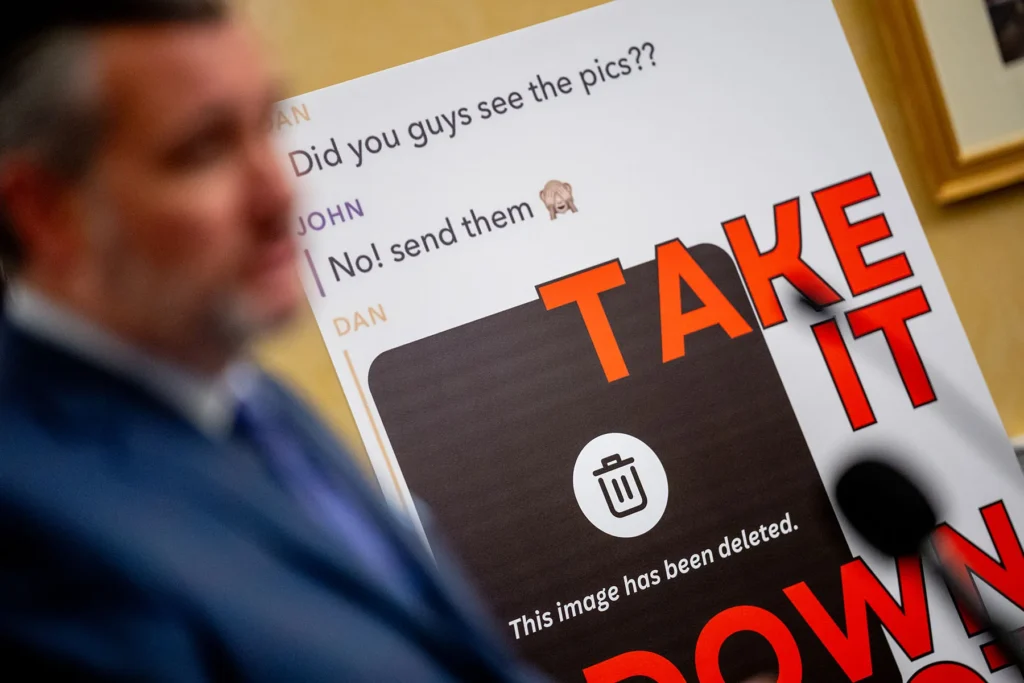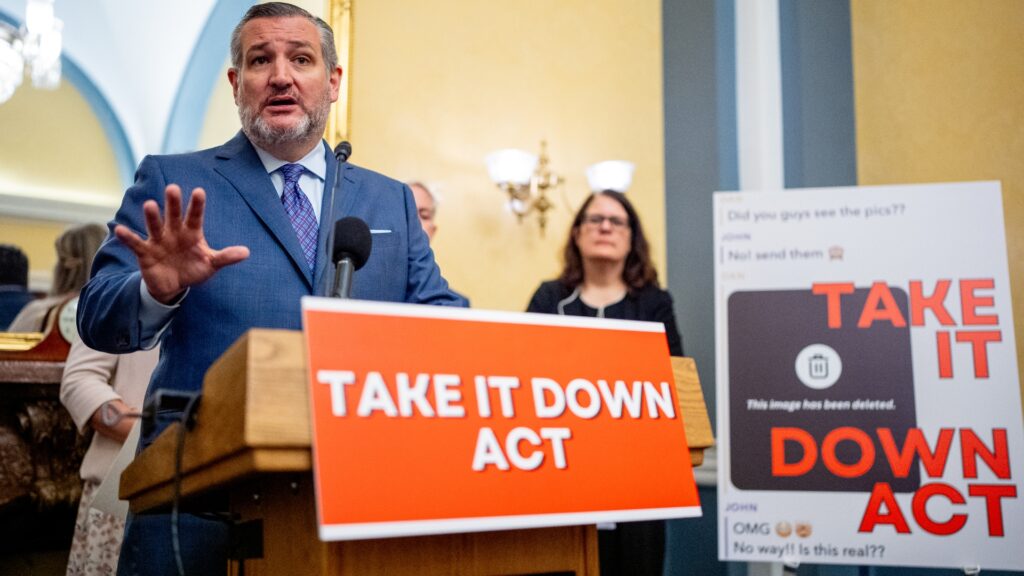The TAKE IT DOWN Act Explained: U.S. Defense & AI Deepfakes (2025)
Table of Contents
Introduction
The rapid rise of AI deepfakes has created one of the most pressing challenges in U.S. criminal law. Victims have faced harassment, exploitation, and reputational damage from non-consensual digital content. In response, Congress passed the TAKE IT DOWN Act in 2025. This groundbreaking law targets AI-generated intimate images and digital harassment, requiring quick takedowns while setting strict penalties for violators.
For criminal defense lawyers, the TAKE IT DOWN Act introduces a new battlefield—balancing the rights of victims with the constitutional protections of defendants. This blog explores what the Act means, how states are enforcing it, and what defense attorneys need to know moving forward.
What Is the TAKE IT DOWN Act?
The TAKE IT DOWN Act (2025) is the first federal law in the United States designed to combat:
- Non-consensual intimate images (revenge porn)
- AI-generated explicit deepfakes
- Digital harassment through manipulated media
- Online platforms hosting illegal content without prompt removal
The Act empowers victims to demand takedowns of illegal content and allows prosecutors to pursue both criminal charges and civil penalties. Importantly, it establishes clear obligations for tech platforms—ensuring they can no longer ignore harmful content hosted on their servers.
Why the TAKE IT DOWN Act Matters
👉 For Victims: It provides a federal safety net in a time when AI tools can create fake explicit content in seconds.
👉 For Defendants: It raises new legal questions about proof of authorship, intent, and misuse of AI tools.
👉 For Defense Attorneys: It demands a deeper understanding of digital evidence, AI manipulation, and the blurred lines of online accountability.
This Act reflects a legal turning point, similar to how cybercrime laws were reshaped in the early 2000s, but with far more complex technology at play.
How States Are Enforcing the Law
Although the TAKE IT DOWN Act is federal, enforcement often depends on state-level collaboration. Here’s how some states are applying it:
- California: Known for strict privacy laws, California now uses the Act alongside existing cyber-harassment statutes. Deepfake creators face combined state and federal penalties.
- New York: Judges are testing how AI-generated evidence should be authenticated before trials to avoid wrongful convictions.
- Texas: Lawmakers added harsher state penalties for digital harassment tied to AI-created deepfakes, emphasizing deterrence.
- Illinois: Victims are given fast-track civil remedies, letting them file for emergency injunctions while criminal cases proceed.
This patchwork approach makes defense strategies vary by jurisdiction—what works in Texas may not be viable in New York.

Live Example: A 2025 Case in California
In early 2025, a college student in California was charged under the TAKE IT DOWN Act for allegedly creating AI-generated explicit deepfakes of classmates. Prosecutors argued the content caused emotional distress and reputational harm.
Defense attorneys countered by questioning:
- Whether the AI tool used could truly link authorship to the defendant.
- If intent was malicious or if the content had been circulated without their direct involvement.
- Whether platforms, not individuals, held more responsibility under the law.
The case is ongoing, but it illustrates the complexity of proving guilt in AI-related offenses—especially when digital tools are widely available.
Key Challenges for Defense Attorneys
- Evidence Authentication
- Can courts definitively prove the defendant created the deepfake, or was it fabricated by another party?
- Proving Intent
- Was the act malicious, reckless, or unintentional? Criminal liability depends heavily on intent.
- Jurisdictional Conflicts
- The Act applies federally, but state-level charges may overlap, complicating trial strategies.
- Balancing Rights
- Protecting victims without violating defendants’ rights to free expression and fair trials.
YouTube Touch: Educational Insight
📺 For a deeper understanding, watch: “AI Deepfakes and the TAKE IT DOWN Act Explained” on YouTube. These videos break down the law in simple terms, with visuals on how AI deepfakes are created, detected, and prosecuted. Embedding or linking such resources adds an engaging, multimedia element for readers.

Why This Law Is a Turning Point
The TAKE IT DOWN Act marks the beginning of AI-era criminal defense law. Just as DNA evidence reshaped courtrooms in the 1990s, AI deepfakes and digital harassment are reshaping trials today.
For law students, researchers, and defense attorneys, studying this Act is essential. It highlights how law must adapt to technology, and how defense strategies must evolve to protect due process in an increasingly digital world.
Conclusion
The TAKE IT DOWN Act is more than just a law—it’s a reflection of society’s struggle to keep up with AI-driven challenges. While victims gain stronger protections, defense lawyers face new hurdles in proving intent, authorship, and digital accountability. As U.S. states enforce the Act differently, the landscape of criminal defense continues to evolve.
For now, one thing is clear: the TAKE IT DOWN Act is setting the tone for how America will handle digital harassment, AI deepfakes, and online accountability in 2025 and beyond.


Leave a Reply